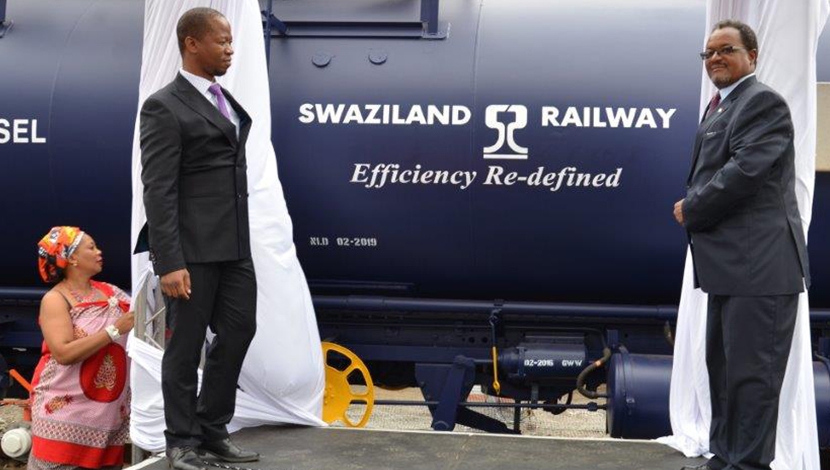

An expression of interest (EoI) for the R20-billion crossborder Swazi Rail Link infrastructure project between South Africa and Swaziland will be released to potential investors before the end of 2017, South Africa’s Transnet Freight Rail (TFR) and Swaziland Rail confirmed on Thursday.
The 150-km greenfield railway line from Lothair, in South Africa, to Sidvokodvo, in Swaziland, is designed to open up a dedicated general-freight corridor, firstly to the Port of Richards Bay, in KwaZulu-Natal, but later also the Port of Maputo, in Mozambique.
The line, which would integrate with TFR’s network on either side of the Swaziland border, would also release capacity on the coalexport corridor, which currently handles between 15- and 17-million tons of general freight yearly.
By relieving the corridor of almost all its general freight, TFR would align the rail network with the coal-handling capacity that exists at Richards Bay in a bid to facilitate an increase in exports, initially from Mpumalanga coal mines, but progressively from the Waterberg, in Limpopo, and eventually also from neighbouring Botswana.
Swaziland Rail CEO Stephenson Ngubane and TFR CEO Ravi Nair said the project feasibility had been completed and that work was currently under way to package the project for presentation to private investors.
Transnet was in the process of acquiring the 506 ha of land required for the project on the South African side of the border and was in discussions with communities on the relocation of several households. Swaziland, meanwhile, was in talks with 15 chiefdoms regarding the relocation of 235 homesteads to make way for the project.
All environmental permits had been secured, as had a water-use licence and early-stage discussions were under way with potential customers.
“We are not being prescriptive about the type of model, but in our view it is unlikely to be a concession. Where TFR needs to operate, we will operate. Where Swazi Rail needs to operate, they will operate,” Nair explained.
“The model we are working on now is the SPV. It means that we are looking to attract project financing and that the revenue generated will be used to pay back investors and meet operating costs. After maybe 20 or 25 years, or when the loans have been repaid, the SPV would dissolve,” Ngubane added.
The infrastructure would also need to traverse challenging, at times mountainous, terrain and its construction was expected to comprise no less than 300 separate civil engineering works, including bridges and culverts.
During construction it is estimated that 3 000 direct construction jobs would be created in South Africa and a further 6 500 in Swaziland, where 100 km of the 150 km line would be laid.
More news
- N2 rehabilitation project to be completed end of this year
- Siemens to build two gas-powered electricity plants in Libya
- International team unveil 76,000 m2 waterside development in Abu Dhabi
- Gift of the Givers to unveil aquifer project in drought-stricken Beaufort West
- Kenya: one million low cost houses to be constructed over the next five years


